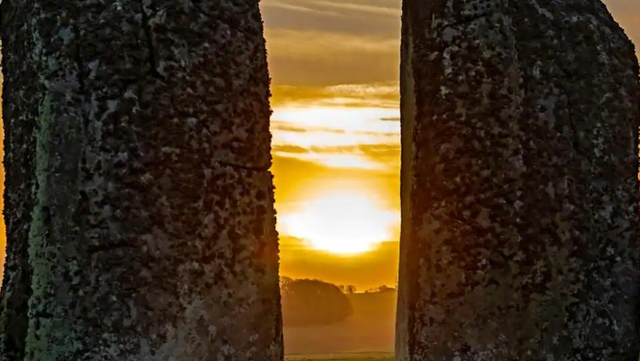
Today is the longest day of the year, when the sun rises at 05.07 minutes and sets at 20.17, so 15 hours, 9 minutes and 48 seconds are days.
In different places, the length of the day also changes. It depends on where you live. In Alaska there is almost 24 hours of sunlight, the day of the solstice. The summer solstice in the Northern Hemisphere falls every year, depending on the location, from June 20 to 22, and is the day when the Sun is at its highest point, ahead of the Northern Hemisphere.
In the Southern Hemisphere this occurs on December 20-22, when the Northern Hemisphere experiences the winter solstice and the shortest day of the year.
Although the summer season is in its first month, after June 21 the days, still longer than the night, begin to be shortened even though insensitively.

But what are the things you didn't know about June 21st?
1. June 21 is the longest day of the year and coincides with the so-called "Summer Solstice". The sun rises today at 5:07 and sets at 20:17 (depending on where you live).
2. In the Northern Hemisphere, the solstice almost always falls on June 21st. The summer solstice can occur between June 20 and 22. In 2020, the solstice occurs between June 20 and 21.
3. From an astronomical point of view, this means that the Sun, in its motion, reaches its maximum northern distance from Ecuador.
4. The word solstic comes from the Latin word "solstitium" which means the sun has stopped.
5. The common name of this phenomenon is used among the pagans, "Litha".
6. On this day, hundreds of pagans and others gather in Stonehenge to watch the sunrise in the morning.
7. The great heat does not come from the fact that the Earth is closer to the Sun. It is enough to think that in our case the exact opposite happens, until the planet is at a maximum distance from its star.
8. The Earth-Sun distance has nothing to do with the seasons. These are actually affected by the bending of the terrestrial axis at 23.5 degrees.
9. It should also be clarified that June 21 does not coincide with the hottest day of the year.
10. It is called the thermostation phenomenon, for which the hottest period is moved around the end of July, due to the Earth's atmosphere.





